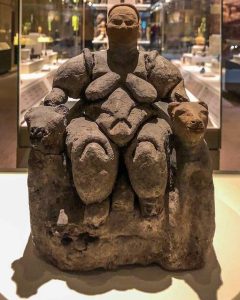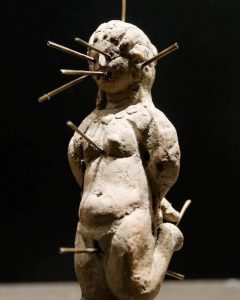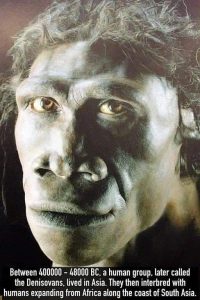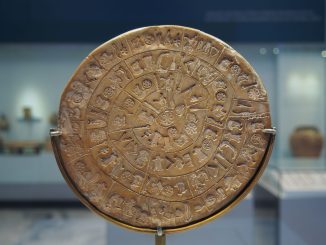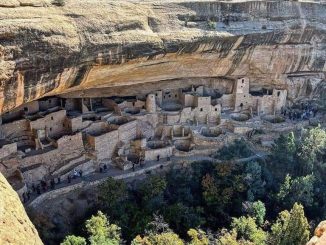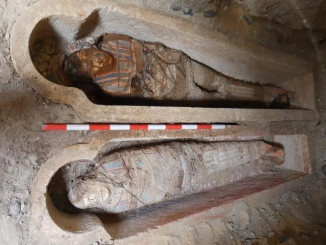The Seated Woman of Çatalhöyük, a striking Neolithic artifact unearthed from the ancient site of Çatal Höyük in modern-day Turkey, represents a significant archaeological and cultural discovery. Dating back approximately 8,000 years, this baked-clay figurine is not just a remarkable piece of prehistoric art but also a window into the societal and religious structures of one of the earliest urban settlements in human history.
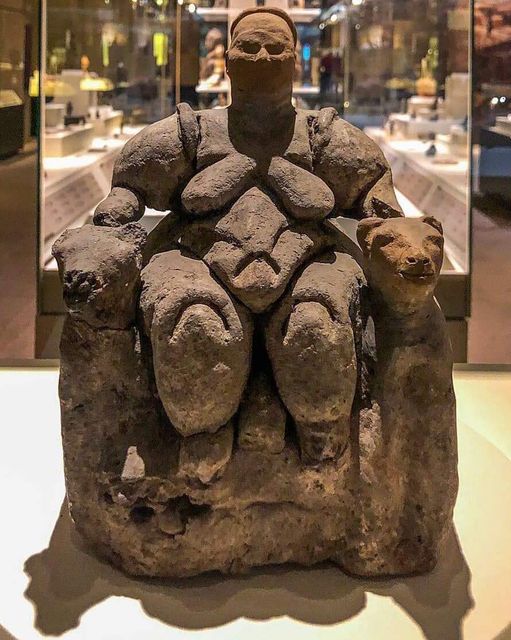
Discovery and Description
The Seated Woman of Çatalhöyük features a robust, nude female form seated majestically between what appear to be feline-headed armrests, possibly depicting lionesses, leopards, or panthers. This positioning and the composition suggest a figure of high status, likely a representation of a Mother Goddess—an archetype widely revered during the Neolithic period for fertility and earth-related deities. The figurine, composed of baked clay, captures the essence of Neolithic craftsmanship, highlighting the advanced artistic skills and the symbolic intricacies understood by the people of that era.
Interpretations and Symbolism
The figure’s corpulence is often interpreted as a symbol of fertility and abundance, aligning with the Mother Goddess theory, where such physical traits were celebrated as signs of prosperity and capability of bearing life. The throne-like seat adorned with feline heads enhances her majesty, adding an element of power and dominance over the natural world, indicative of the “Mistress of Animals” motif common in ancient Near Eastern iconography.
Scholars have debated the precise role and symbolism of this figure. While traditionally viewed as a deity, recent interpretations suggest that the figurine may also represent elderly women of high status within the Çatalhöyük community. These women, possibly community leaders or wise women, could have played crucial roles in the social and ritual life of the settlement.
The Cultural Context of Çatalhöyük
Çatalhöyük, a well-preserved Neolithic settlement, provides extensive insights into the early development of human society, particularly in terms of social structure, art, and religion. Artifacts like the Seated Woman contribute to our understanding of gender roles, social stratification, and the spiritual beliefs that shaped daily life in one of the world’s first proto-urban centers.
The Seated Woman of Çatalhöyük stands as a testament to the complex societal structures that existed in Neolithic cultures, reflecting both the artistic expression and the theological or social preeminence of the figure it represents. As archaeologists continue to uncover and study artifacts from Çatalhöyük, pieces like the Seated Woman remain key to unlocking the mysteries of early human civilization, providing a clearer picture of how our ancestors lived, believed, and governed themselves thousands of years ago.


